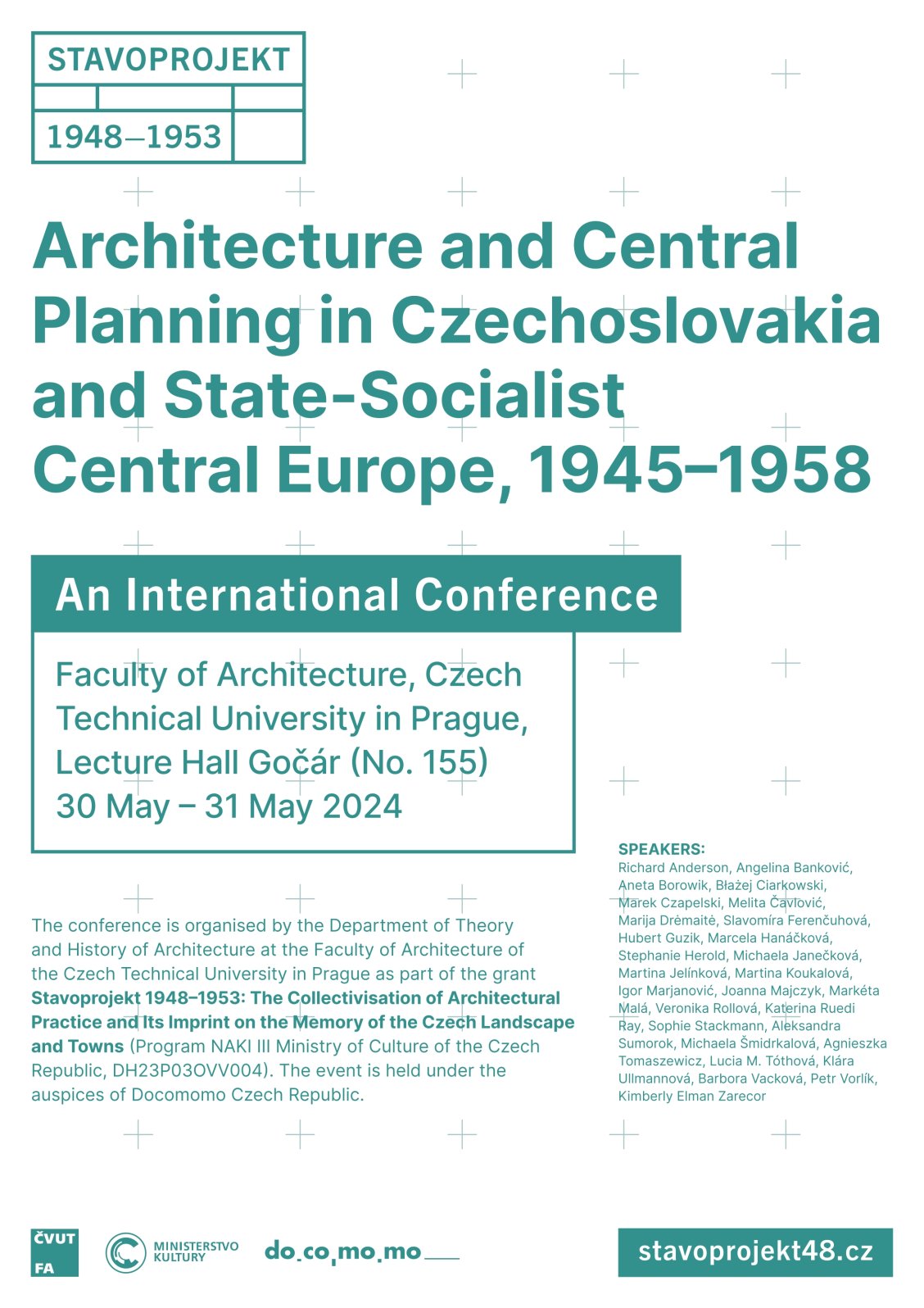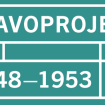The event is the first output of the grant Stavoprojekt 1948-1953. The aim is to create an international platform for the discussion of approaches to the study of architectural history in the period from the end of the Second World War to the late 1950s, when prefabricated construction became widespread in European socialist countries.
Art historian Marija Drėmaitė from Vilnius University will focus on the reactions of the architectural community itself to the centralisation of architectural practice in Soviet-occupied Lithuania. Art historian and art historian Igor Marjanović (Rice University, Texas) and Katerina Ruedi Ray (Bowling Green State University, Ohio) will compare architectural education and its politicization in East Germany, Czechoslovakia, and Hungary. A topic close to Czechoslovakia's Stavoprojekt will be introduced by historian Stephanie Herold (TU Berlin) on the concept of cooperation and organization in the centralized planning systems of the GDR, or art historian Aneta Borowik (University of Silesia, Katowice) on studies of the Miastoprojekt and the Experimental Institute in Katowice.
Representatives from the Czech environment will also be present at the conference. One of them, for example, will be Michaela Janečková, an architectural historian working at the Academy of Sciences of the Czech Republic, who will focus on the director of Stavoprojekt, Jiří Voženílek. The final look back will be taken by architectural historian Kimberly Elman Zarecor from Iowa State University.
"The broad scope and diversity of the contributions will place the events in Czechoslovakia in the full context of events in Central and Eastern Europe," says Petr Vorlík, the project's principal investigator. The full conference programme can be found on the project website, where you can also register for free admission to both days of lectures until 29 May. The conference will be held in English.
The research project The collectivization of design activity and its imprint in the memory of Czech landscapes and cities was supported by the NAKI III programme of the Ministry of Culture of the Czech Republic, DH23P03OVV004. The event is held under the auspices of Docomomo Czech Republic.
Miroslav Pavel is in charge of public relations at the Department of Theory and History of Architecture.
Photo credits Tomáš Droppa



